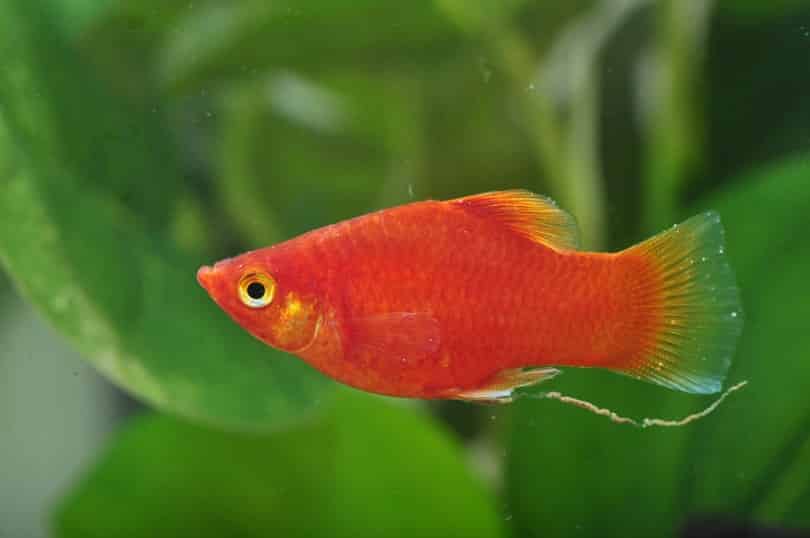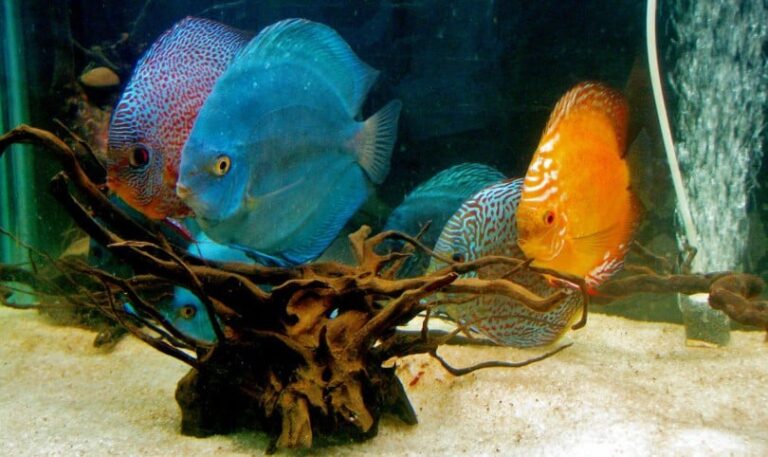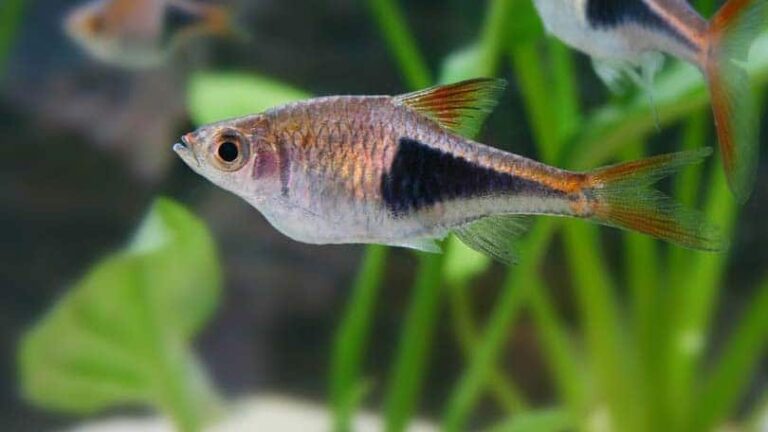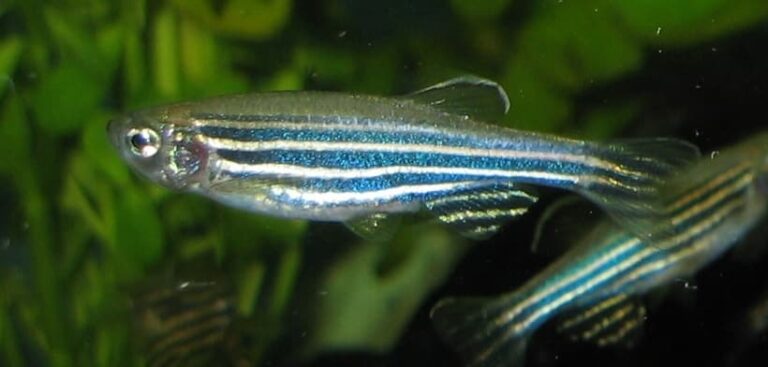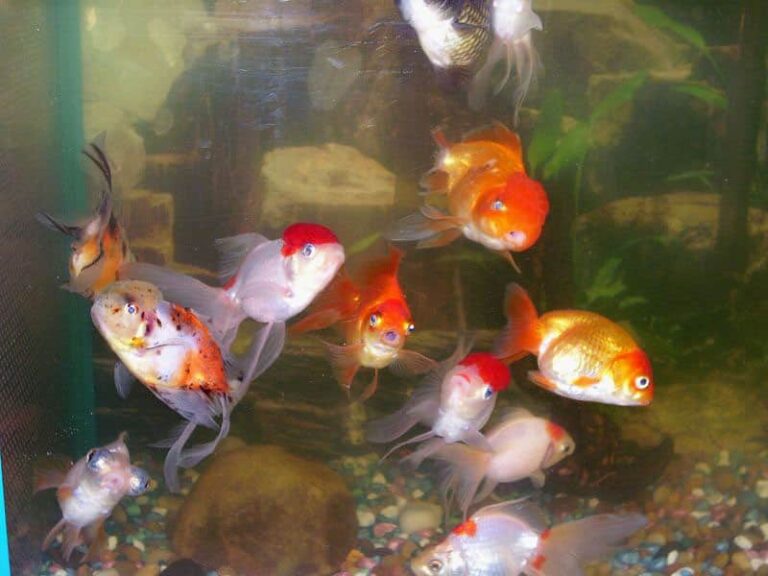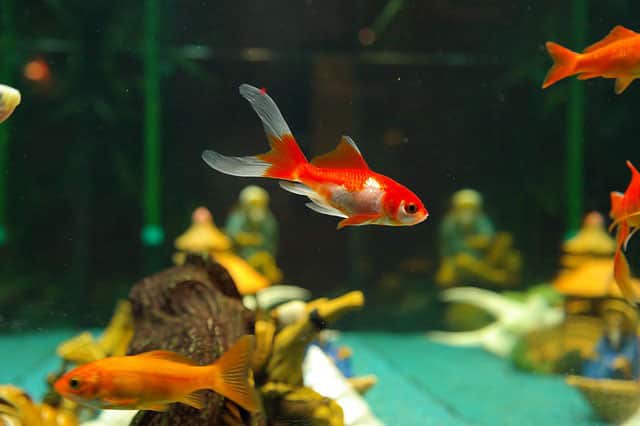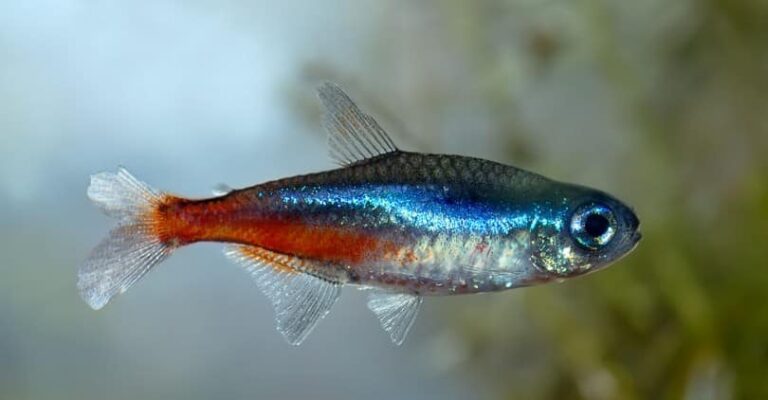Platy Fish
Scientific Classification
| Kingdom: | Animalia |
| Phylum: | Chordata |
| Class: | Actinopterygii |
| Order: | Cyprinodontiformes |
| Family: | Poeciliidae |
| Genus: | Xiphophorus |
| Type species: | Xiphophorus hellerii |
Platy is the general name given to the freshwater fish of the species Xiphophorus. This fish does not have a sword at the end of its tail. The two species of Livebearers, like the Molly and Guppy fish, belong to the Poeciliidae family. Platy fish are indigenous to the South of Mexico and the eastern coast of Central America.
The Variatus Platy and the Southern Platy Fish were interbred, so much so, that differentiating them is difficult. The majority of the Platy available in the aquarium hobby shop are hybrids of both varieties.
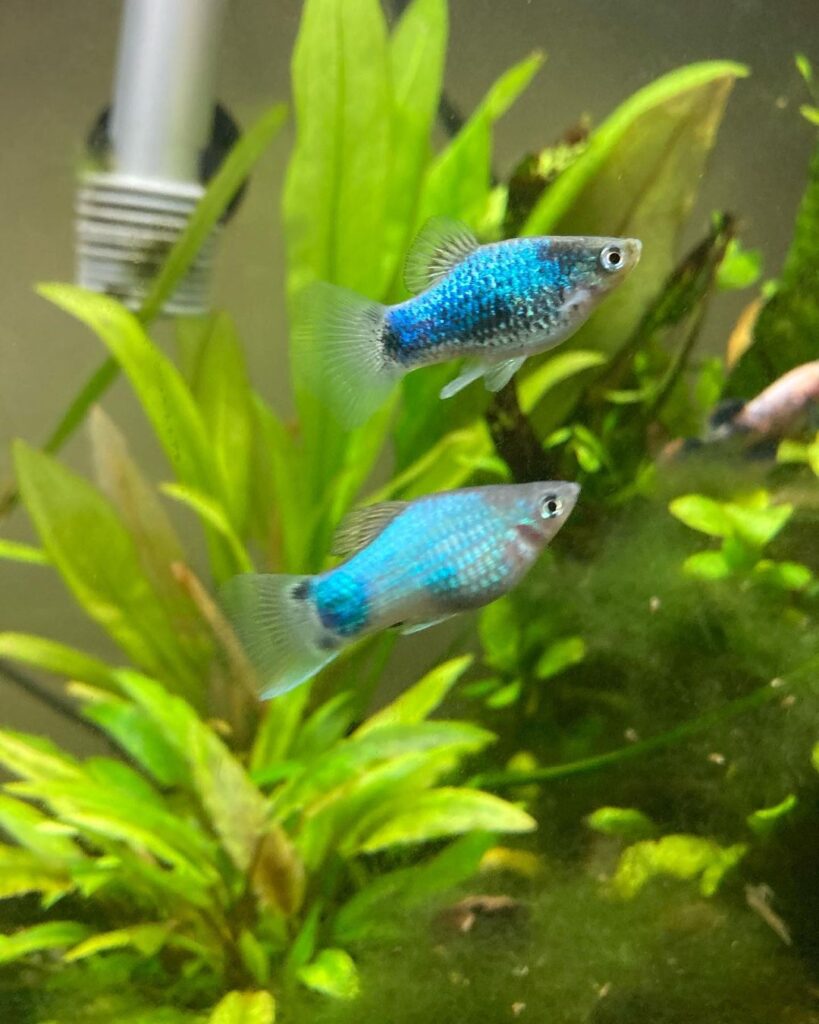
Habitat and Range
X.Variatus is widespread in the Atlantic gradients of Mexico, starting from the south of Tamaulipas to the north of Veracruz.. This variety was made known to several locals, mostly through the trade.. These fish got settled in America’s canals down the eastern shore of the Tampa Bay, Florida and also in Gainesville. You can also see them in the springs in the counties of Beaverhead, Madison in Montana and Granite. Apart from this, the species have established themselves in other nations out of its range, like Singapore, Colombia and Hong Kong. These fish have greatly negated the local fish population because of its abnormal proliferation in breeding. The habitations of the fish are ditches, slow flowing waters along the vegetated canals and the warm springs. The platy fish is omnivorous; it feeds on tiny crustaceans as well as on plants, insects and annelid worms.
Description
The biggest size of the Variatus is 7 cm (2.8 in.). In nature, you can see them in olive color, having spots or black marbling on its sides, along the caudal peduncle. The big males are seen with blotches, black in color on their dorsal fin. Dissimilar to the rest of the members in its genus, the X. Variatus do not have claws at the end of the fifth anal fin ray. A fully grown serrae (sew-like notches) is seen in the fourth pectoral ray. These have characteristically 20 – 24 lateral scales, 10 – 20 dorsal rays and jaw teeth in two rows. The anal fin of the female is more triangular in form, whereas that of the male is needle-like or pointed.
Platy Breeding
The X Variatus are Livebearers, meaning, the babies of the pregnant platy swims soon after they are born. Generally, breeding them is not difficult. If you have a pair, then they will breed. The most preferable is to keep 2 to 3 females for a single male in the tank, by which, the chances of reproduction is more. It also prevents the aggressiveness in males and stress in female Platy fish. The female fish produce around 20 to 50 fry. After birth, keep away the parents from their juvenile. For this purpose you can place the parent fish in a net or plastic breeder. Or else you can place the fry in a separate 5 gallon tank, adequately aerated with a bubble filter. If you do not wish to set a bubble filter, and then make sure you change the water completely, once in a week. While changing the water, check the temperature level, and make it the same as it was earlier. Avoid using a power filter, or there is a possibility of these small fry getting sucked up into it. For the healthy growth of these small fry, provide essential nutrients through powdered and live food suitable for their size. In the beginning, provide them powdered food, and as they grow, you can give them live, but small food like freshly born brine shrimp. When they attain a body length of 1.3 to 1.9cm, you can place them with the adults in the regular fish tank.
Tank
The Platy generally is healthy with no particular demands, so long as the aquarium pH is not very low. Frequent replacement of water is a must to ensure that the waste that is decomposed never changes the pH or makes the water poisonous Every fortnight or monthly replace 25% of the water. This depends on the number of fish in the aquarium and also on the purity of the water. The sword tail Platy is particular about the water quality. In bad quality water, it never survives long.
You would do well to add 1 to 11/4 teaspoons of aquarium salt in every gallon of water. When you replace removed water from the aquarium, be certain to add salted water. The evaporated water leaves the salt behind after evaporation. Therefore, in case you intend to top top up the evaporated water, do not add salt further.
Water Condition
Taking care of platys is quite easy, especially for the beginners. The water temperature required for Platy is 76 to 79 F (24.4 to 26 C). Platy fish are generally healthy and are adjustable to most of the water with pH variations from acidic (6.5) to basic (8.2). There are incidences of platy living in brackish water (mildly salty) with no ill effects of it.
Nutrition
Even though the Platy fish is deemed omnivorous, they are more herbivorous in their diet, requiring plenty of algae and many vegetables. In nature, they feed on crustaceans, worms, insects and few plant parts. In an aquarium, the platy fish consumes almost all the feed available in the market, and occasionally live on vegetable matter. Give them brine shrimp (both frozen and live), blood worms, or tubifex as a delicacy. They love proteins; however the vegetation is essential in their diet. The Platy has no choice in its diet; however, in general, a balanced diet is fine for its health and long life. Platys get good coloration with a diet rich in vitamins. While in the aquarium, they, at times, eat the algae in the tank. This fish never picks and eats its food; therefore, you need to feed them a balanced diet several times in the day in small quantities.
Setup
The smallest size of the tank recommended is a 10 gallon one for the tiny lively fish. The Platy is not a shoaling fish, but it still loves living in groups, with some of its same variety. For a shoal of 5 fish, a 10 gallon (38 liters) tank is enough, but the hobbyist needs to keep in mind that if both male and female ones are in the tank, the population will increase in no time because of their regular breeding and fast maturing babies. The preferable male to female ratio is 1 to 3; this decreases the fight between the dominating males.
Even though the Platy tolerates most of the water conditions, proper filtration is essential in keeping the water stable. All varieties of gravel are suited as substrate; however, the Platy loves a tank simulating its environment in the wild, with plenty of plants in it. The southern Platy needs plants oriented spaciously and the Variatus Platy needs plants densely oriented. For survival of the offspring, floating plants are helpful.

Having discovered a fondness for insects while pursuing her degree in Biology, Randi Jones was quite bugged to know that people usually dismissed these little creatures as “creepy-crawlies”.

